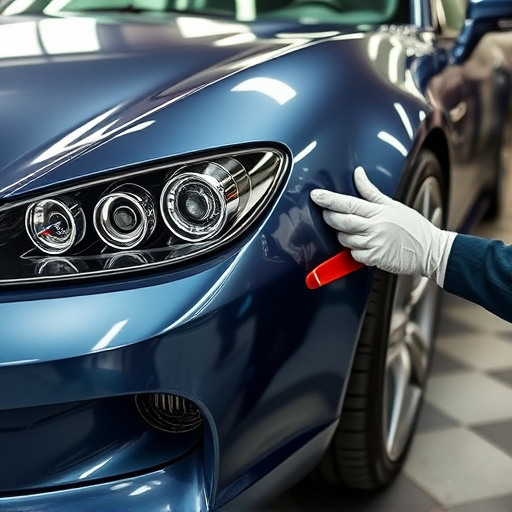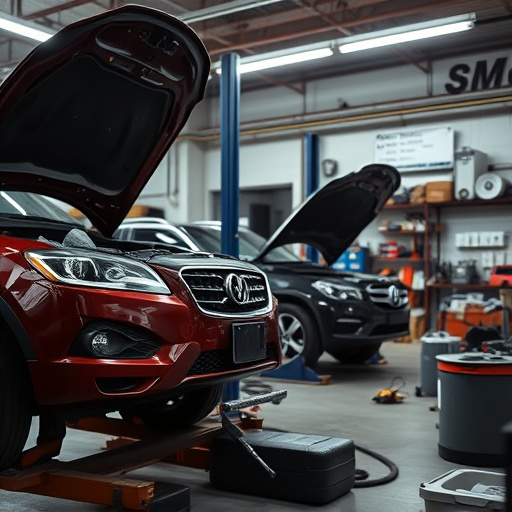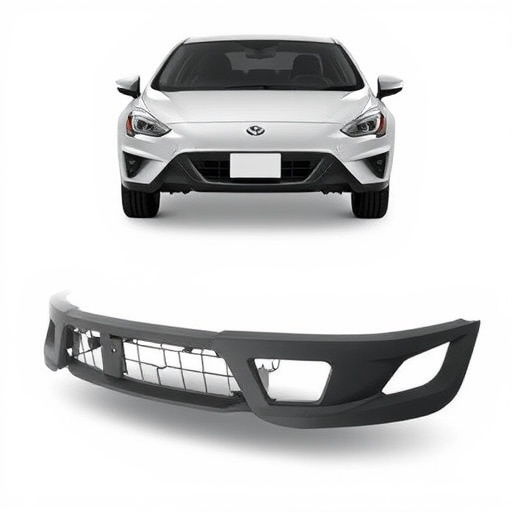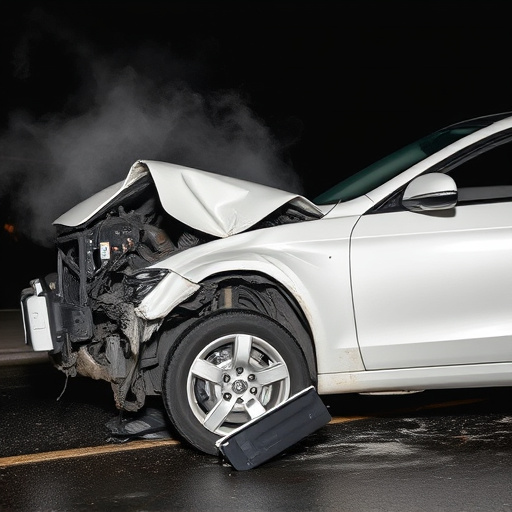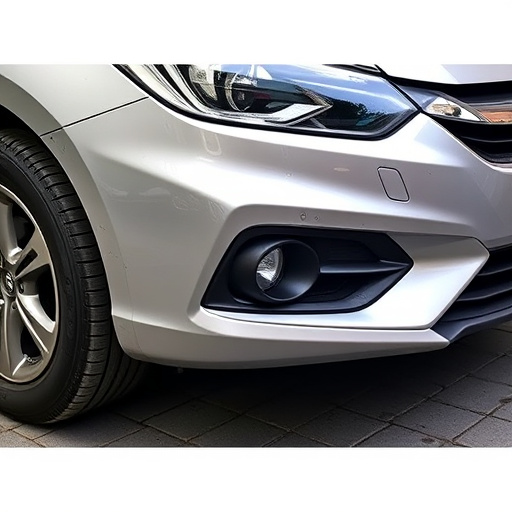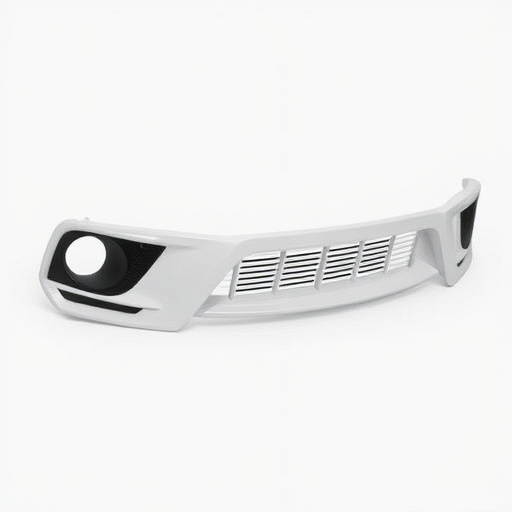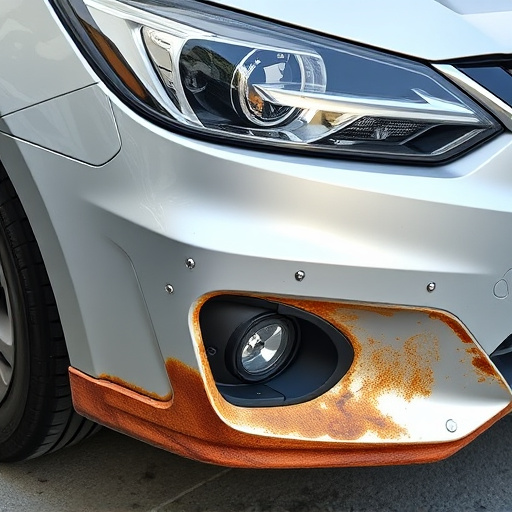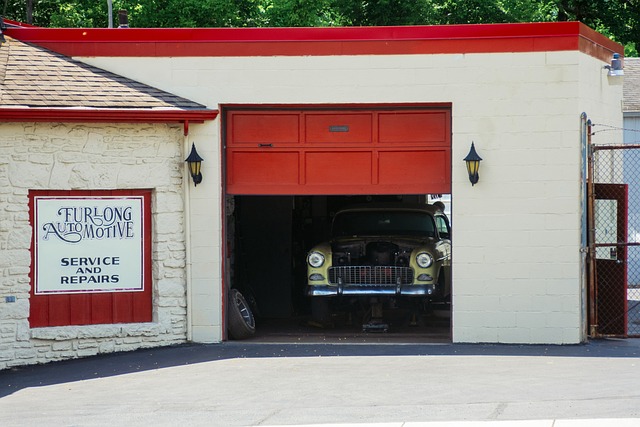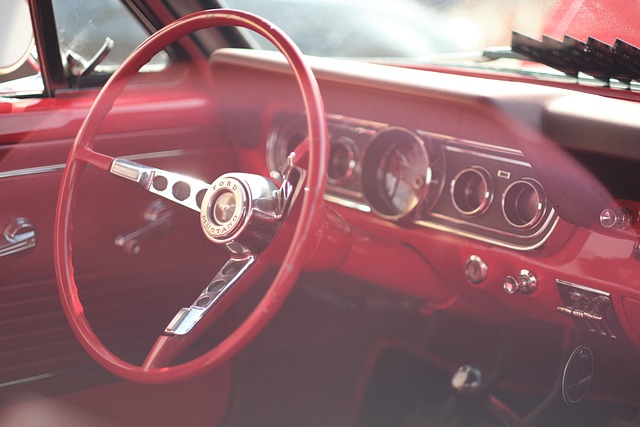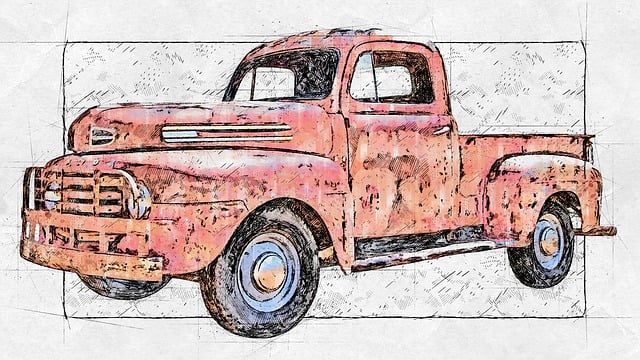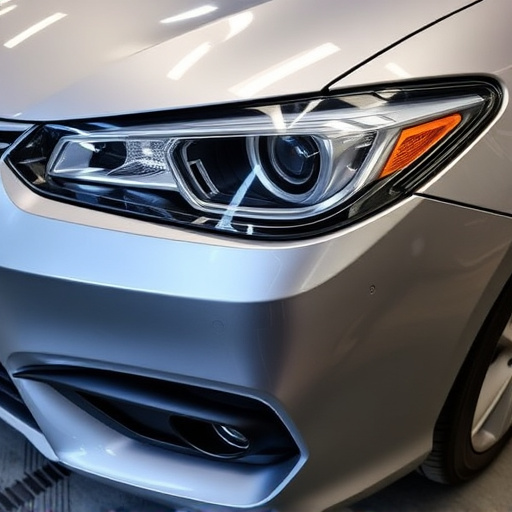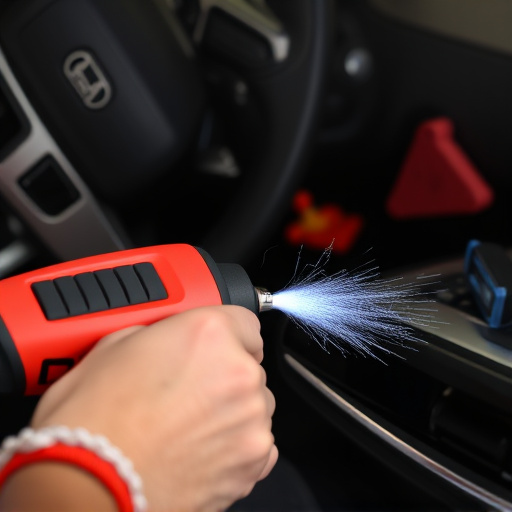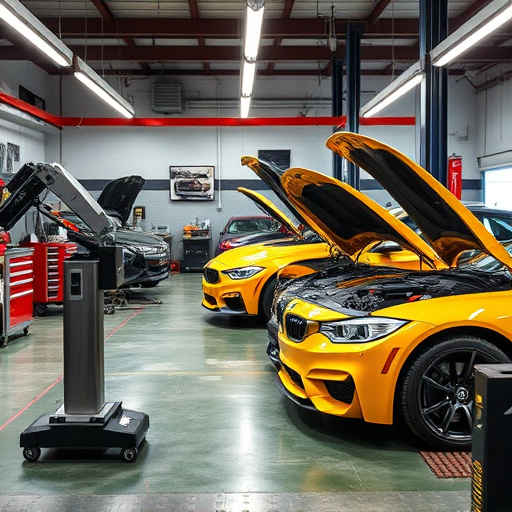Frame rail replacement is a vital collision repair process, addressing structural damage and ensuring vehicle safety and performance post-accident. Skilled technicians assess, remove damaged rails, install new ones precisely aligned, and secure them using advanced techniques. This meticulous repair, often followed by paintless dent repair or more extensive body work, restores vehicles to their pre-collision condition, enhancing safety, handling, and longevity.
In the realm of collision repair, understanding frame rail replacement is paramount. Frame rails, the backbone of your vehicle, are critical for structural integrity and safety. This article delves into the significance of replacing damaged or weakened frame rails, exploring benefits, common damage scenarios, and a step-by-step guide to ensure optimal repairs. By understanding these key aspects, professionals can deliver top-notch services that enhance vehicle performance and safety.
- Understanding Frame Rails: The Backbone of Your Vehicle
- Why Replace a Frame Rail? Benefits and Common Damage Scenarios
- The Process: Step-by-Step Guide to Effective Frame Rail Replacement
Understanding Frame Rails: The Backbone of Your Vehicle

Frame rails are essential structural components of any vehicle, acting as the backbone that supports the entire car body. These sturdy beams run along the length of a vehicle, connecting key parts like the chassis, suspension, and body panels. In the event of a collision, the frame rail replacement becomes a critical aspect of collision repair services, ensuring the vehicle’s structural integrity is restored.
During auto body work, skilled technicians carefully assess the damage to the frame rails, as they play a pivotal role in maintaining the car’s overall safety and performance. Proper frame rail replacement is essential for providing a solid foundation for subsequent auto body work and car paint services, guaranteeing that your vehicle not only looks its best but also handles flawlessly on the road.
Why Replace a Frame Rail? Benefits and Common Damage Scenarios

When a vehicle undergoes a collision, the frame rail—a critical structural component—can sustain significant damage. Replacing a frame rail is essential for several reasons. Firstly, it ensures the safety and integrity of the vehicle’s structure, restoring it to its original strength and stability. Secondly, it plays a pivotal role in aligning the car’s body panels accurately, which is crucial for proper fitment of exterior parts and ensuring the vehicle’s overall aesthetic appeal.
Benefits of frame rail replacement include improved vehicle performance, enhanced safety features, and increased longevity of the vehicle. Common damage scenarios leading to frame rail replacement involve high-impact collisions, where the force can deform or dislocate the rails, as well as accidents resulting in significant side-impact damage, which can misalign the frame and cause structural weaknesses. In such cases, paintless dent repair techniques or more extensive Mercedes Benz repair work might be required depending on the severity of the damage, with the ultimate goal being to restore the vehicle to its pre-accident condition.
The Process: Step-by-Step Guide to Effective Frame Rail Replacement

The process of frame rail replacement is a critical step in collision repair, ensuring vehicles return to their pre-accident condition. It involves several meticulous steps that require skilled technicians and top-quality parts. First, the damaged frame rails are carefully assessed to determine the extent of the repairs needed. This includes identifying any misalignments or deformities caused by the impact. Once the damage is assessed, the old rails are removed, often with specialized tools to prevent further damage.
The new frame rails, precisely cut and fitted for the specific vehicle model, are then installed. This step demands precision and adherence to strict tolerances to ensure structural integrity. After proper alignment, the rails are secured using advanced fastening techniques, such as welding or high-strength bolts. Throughout the process, technicians may employ digital measurement tools to guarantee accurate adjustments, ensuring a seamless fit. Finally, once the frame rails are in place, other related components like bumpers and panels can be restored or replaced, completing the car dent repair and restoring the vehicle’s structural integrity through effective frame rail replacement.
Frame rail replacement is a critical process in collision repair, addressing structural integrity issues that can impact a vehicle’s safety and performance. By understanding the role of frame rails as the backbone of your vehicle and implementing a meticulous step-by-step guide for replacement, skilled technicians can ensure robust and reliable repairs. This not only enhances the vehicle’s structural soundness but also improves its overall value and roadworthiness. Embrace frame rail replacement as a game-changer in collision repair, offering both functional benefits and customer satisfaction.
